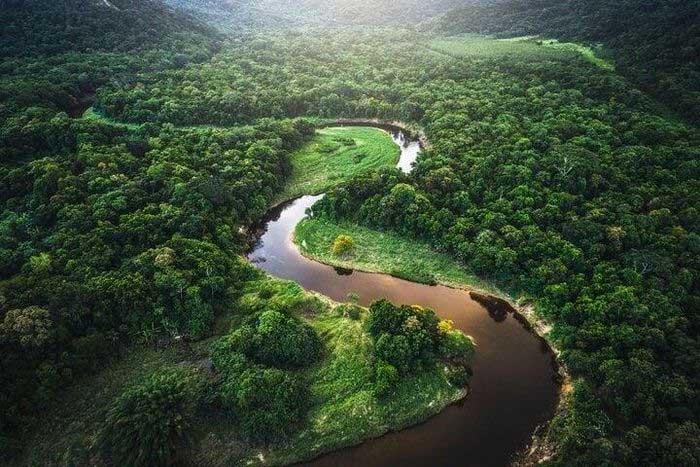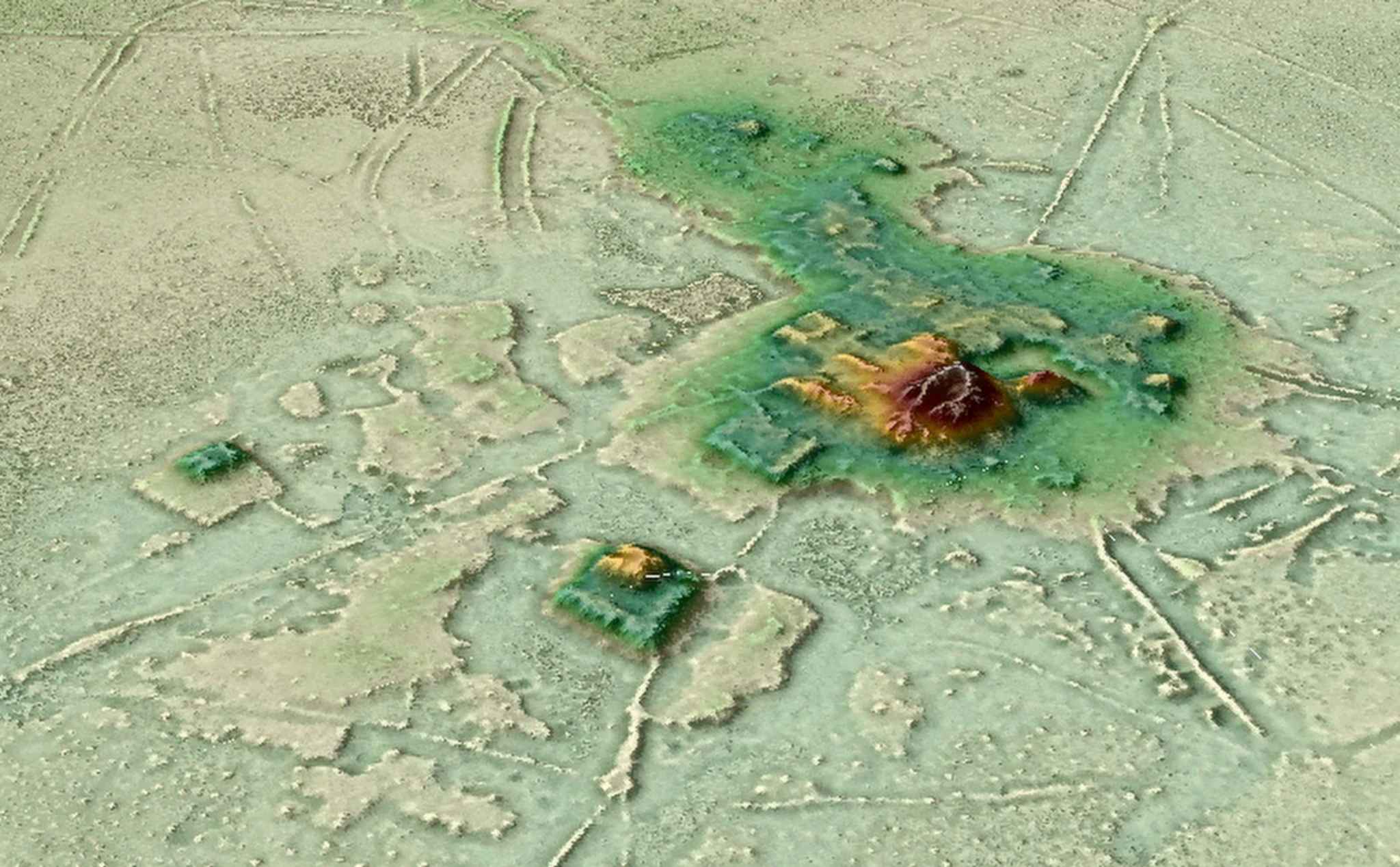Recent discoveries have shown that the Amazon jungle is not only a rich biological environment but also home to many incredible lost civilizations.
The Amazon is one of the most biodiverse places on the planet, with about 3 million species living under the canopy of its humid rainforest. But because of its dense vegetation and harsh landscape, the Amazon was never home to the major ancient civilizations found elsewhere in the Americas.
 According to one estimate, about 90% of the Amazon’s history remains unexplored.
According to one estimate, about 90% of the Amazon’s history remains unexplored.
New research by scientists at the French National Center for Scientific Research, published in the journal Science, has revealed the ruins of an ancient city in the Upano Valley of eastern Ecuador, along the Andes.
Through mapping 115 square miles using light detection and ranging technology – LIDAR, the team found evidence of a 2,500-year-old settlement (named Sangay) , which may have been home to 10,000 people, even 100,000 people at its peak.
“ The new discovery changes the way we view Amazonian culture ,” said study co-author Antoine Dorison. “Most people envision small groups, probably nude, living in huts. tents and land clearing, but research shows that ancient people lived in much more complex cities .
Whatever people inhabited the area, they likely flourished from about 500 BC until between 300 and 600 AD. LIDAR scanning technology reveals multiple layers of monuments, such as squares, different street layouts, and drainage systems. In it, the complex road system stretches for nearly 6 miles.

These roads appear to connect many different urban centers, similar to how the Mayans of Mexico and Guatemala arranged their urban networks. Interestingly, the roads are also nearly straight and have right angles, demonstrating a level of construction complexity that is difficult to achieve in Amazonian terrain.
![]()
The diet of the ancient inhabitants is also revealed through traces of fields and drainage systems. Scientists speculate that urban areas could grow food including corn, beans, sweet potatoes and cassava.
According to one estimate, about 90% of the Amazon’s history remains unexplored. But new technologies are shedding light on its ancient past and raising questions about what we really know about this wild, beautiful place.





